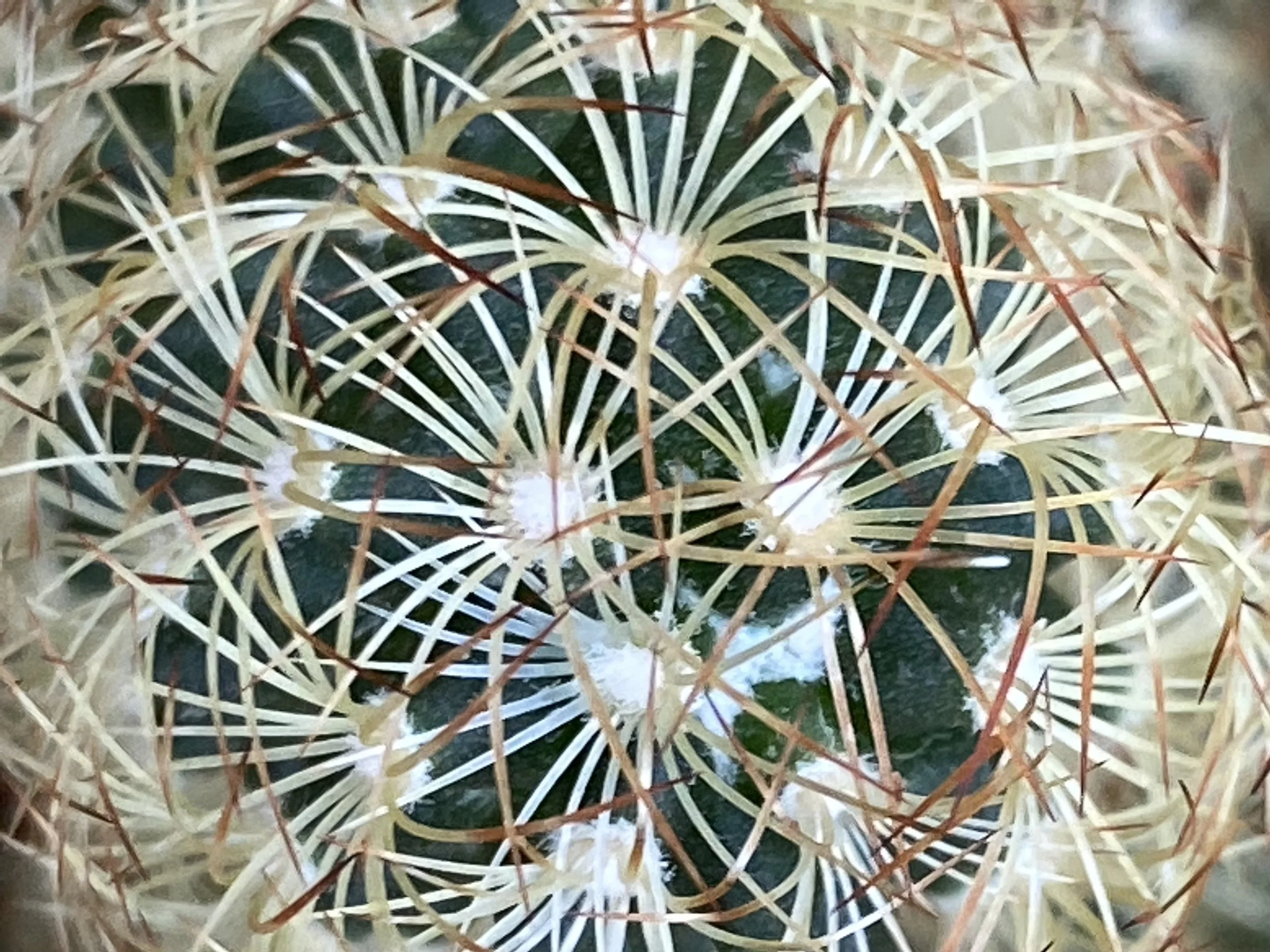Volunteer Park Conservatory
Nine days before I went to the Conservatory at Volunteer Park it had snowed 8 inches outside my home. The temperature stayed below freezing for almost a week, keeping the snow on the ground and ice on the side streets. I don’t usually mind shoveling since it’s a way to get some exercise, but it’s hard to shovel ice. After the first day, the snow on the sidewalks and side streets had also turned to ice and it was too slippery to walk on. Newspapers weren’t delivered, trash was not picked up and even the mail didn’t come. Yes, it was beautiful – but I was still stuck at home. Feeling housebound, and once the temperatures warmed up and the roads cleared, I needed color, other than white and gray.
Modeled after London’s Crystal Palace this Victorian jewel has been gracing Volunteer Park since 1912. A $25,000 bond was secured to build the conservatory, of which less than $20,000 was spent on the construction. The purpose of the facility at the time was for both plant preservation and deep relaxation. The supports of its 3426 panes of glass have been replaced four times since the original construction, most recently with long lasting aluminum during a restoration that started in 1993 and finished in 2014. The beveled glass lunette window just above the entry is original to 1912.
You can explore the five different houses within the building’s more than 6,000 square feet – Bromeliad, Fern, Cactus/Succulents and Seasonal. The plants are regularly rotated to add variety for visitors. Heat, typically 72 degrees, and humidity are maintained with a computer-controlled system, and natural gas-heated water is pumped into pipes below the display benches. During the spring and summer the glass is treated with a chalky paint to help temper the sun, then it’s washed off when the weather cools off.
Following a 1980’s remodel a formal relationship developed between the Friends of Volunteer Park Conservatory and the city of Seattle. The Friends currently provide educational programming, volunteer support, fundraising and some management. The City manages staffing and the environment including the grounds of the facility.
Two plants, greater than 75 years old, live in the conservatory, a sago palm and a jade tree. Because the facility is an official Fish and Wildlife Plant Rescue Center, it sometimes receives plants that are confiscated by U.S. Customs.
There are many ways to observe plants and flowers. Seeing them as part of a larger display the way their colors, shapes and structures relate to each other is one. They carry on a visual conversation with each other.
Some see each species or individual plants as their own entities – the flower, the leaves, and stems – as part of a grouping of the same plant or only one.
I prefer to look at the smallest parts of the plants. The designs, textures and shades within each one bring their own uniqueness and beauty. I try to capture these minute, but not insignificant, images as closely as I can.
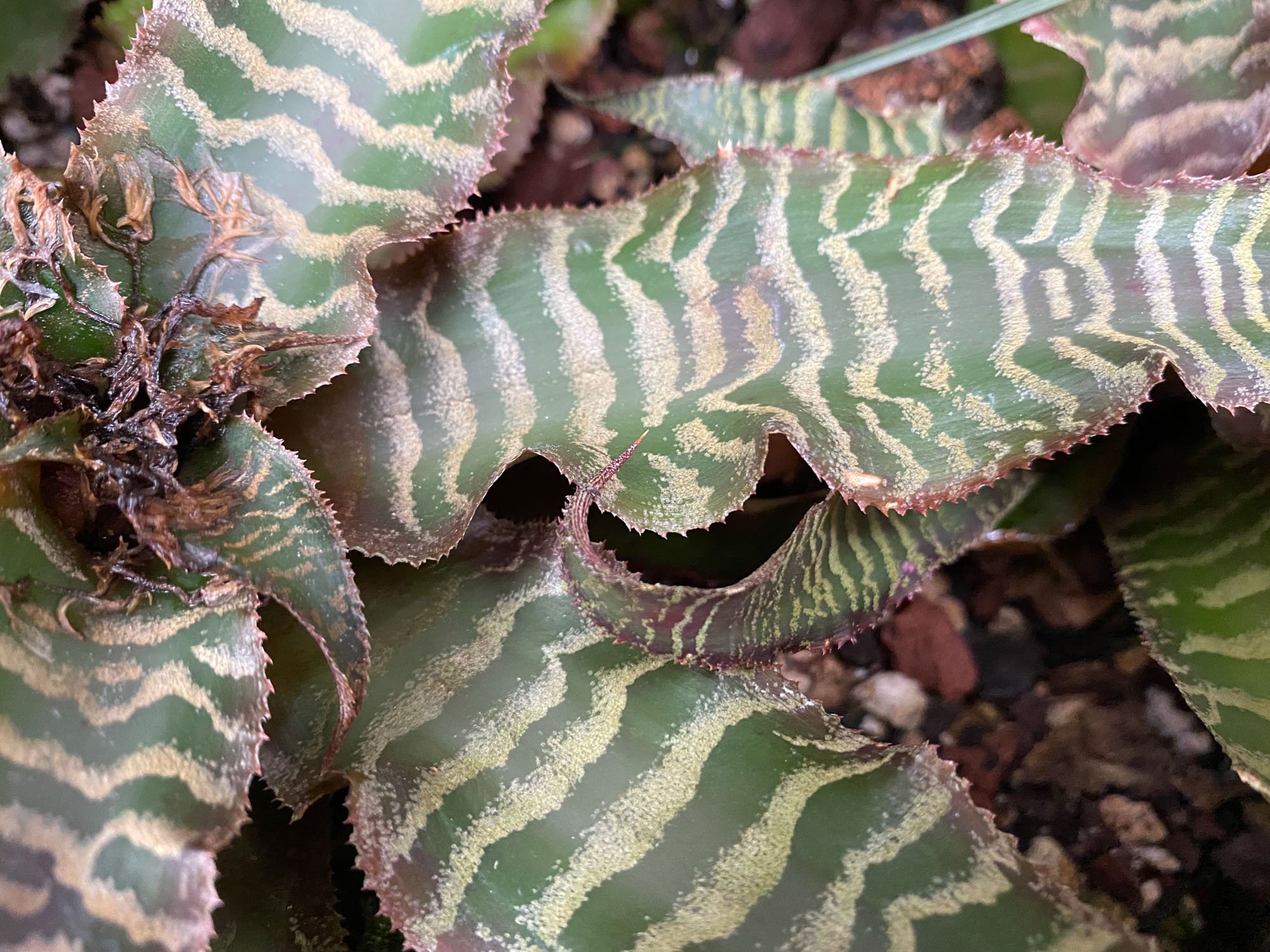
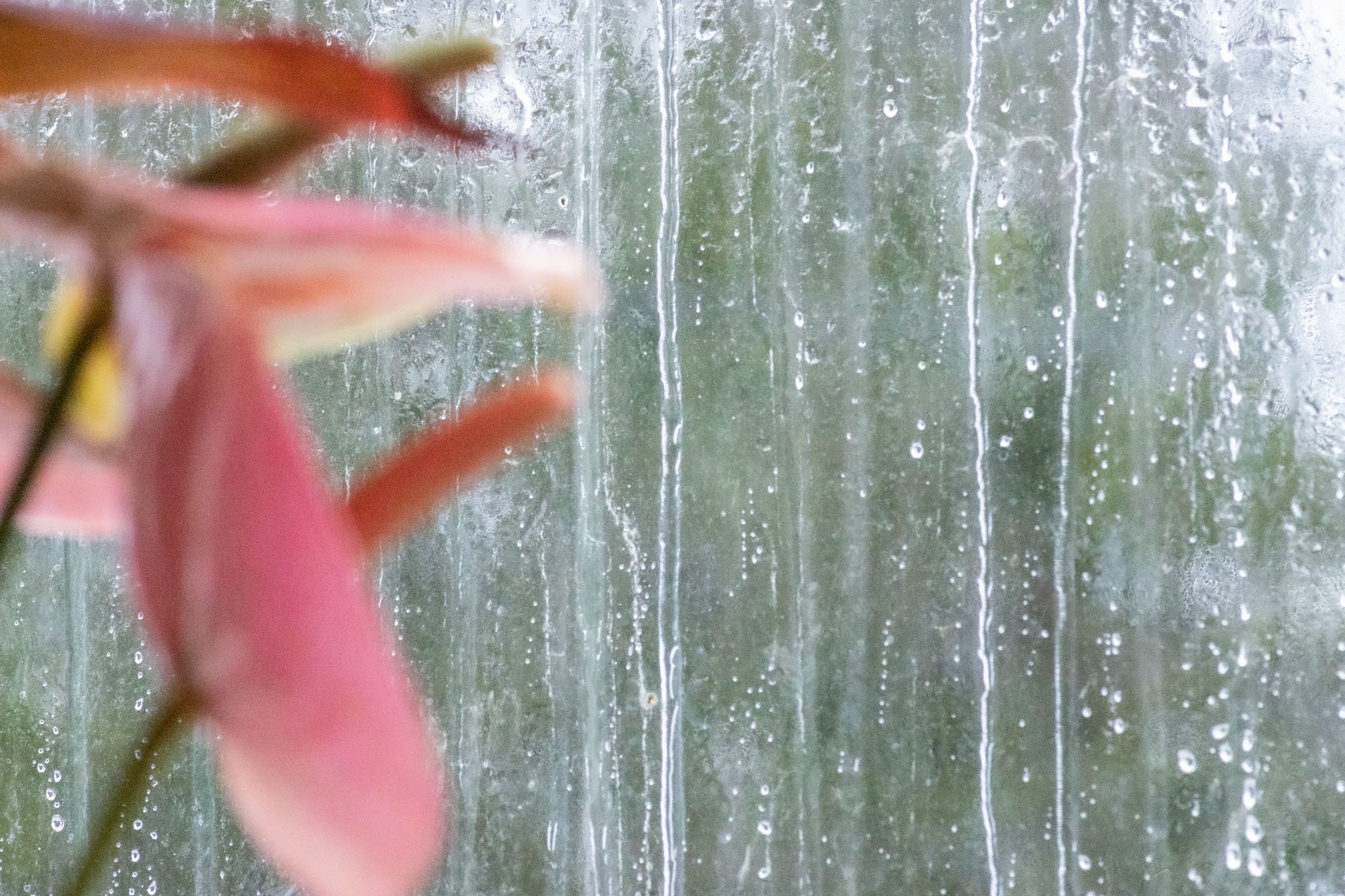
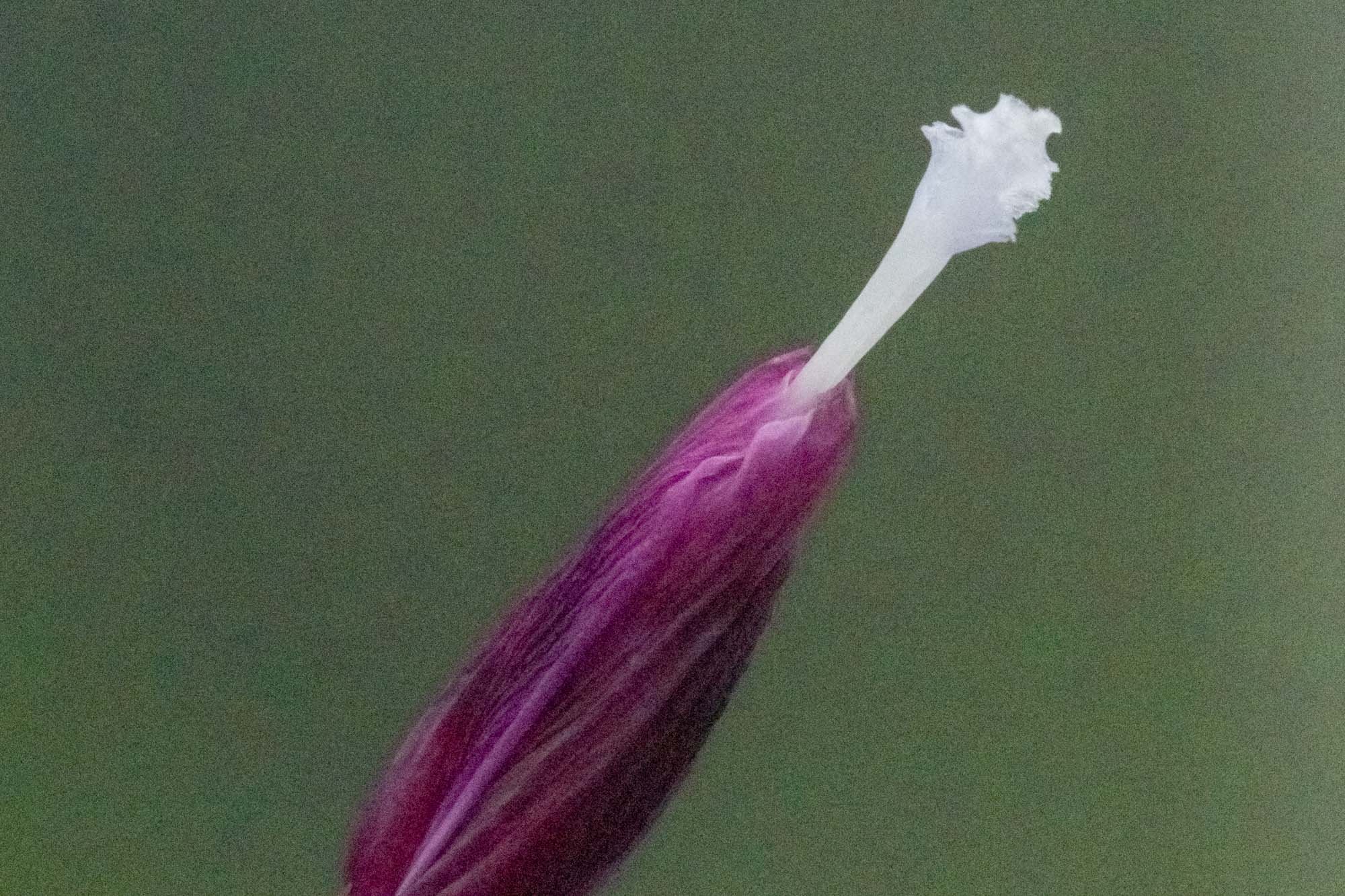


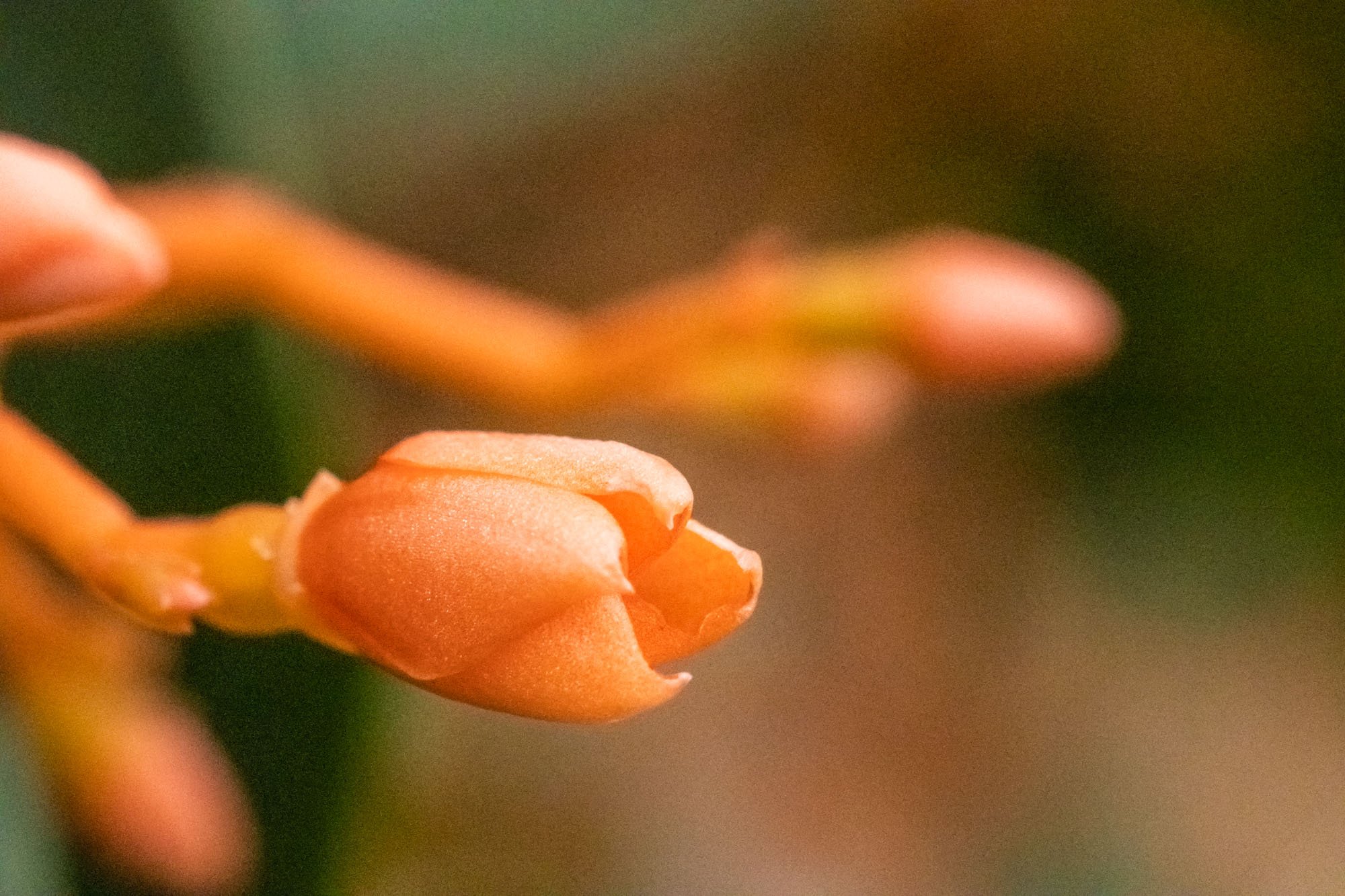
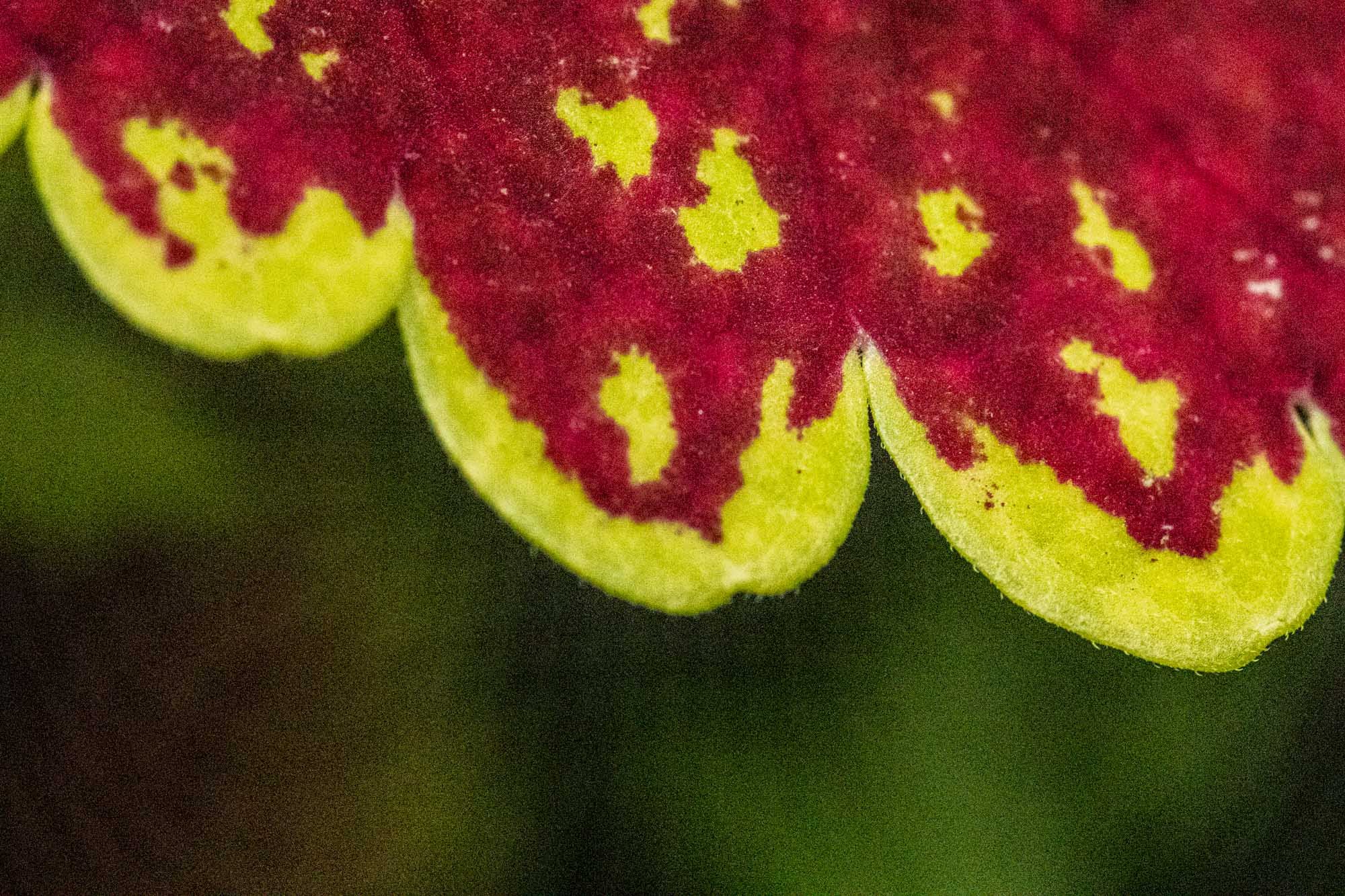

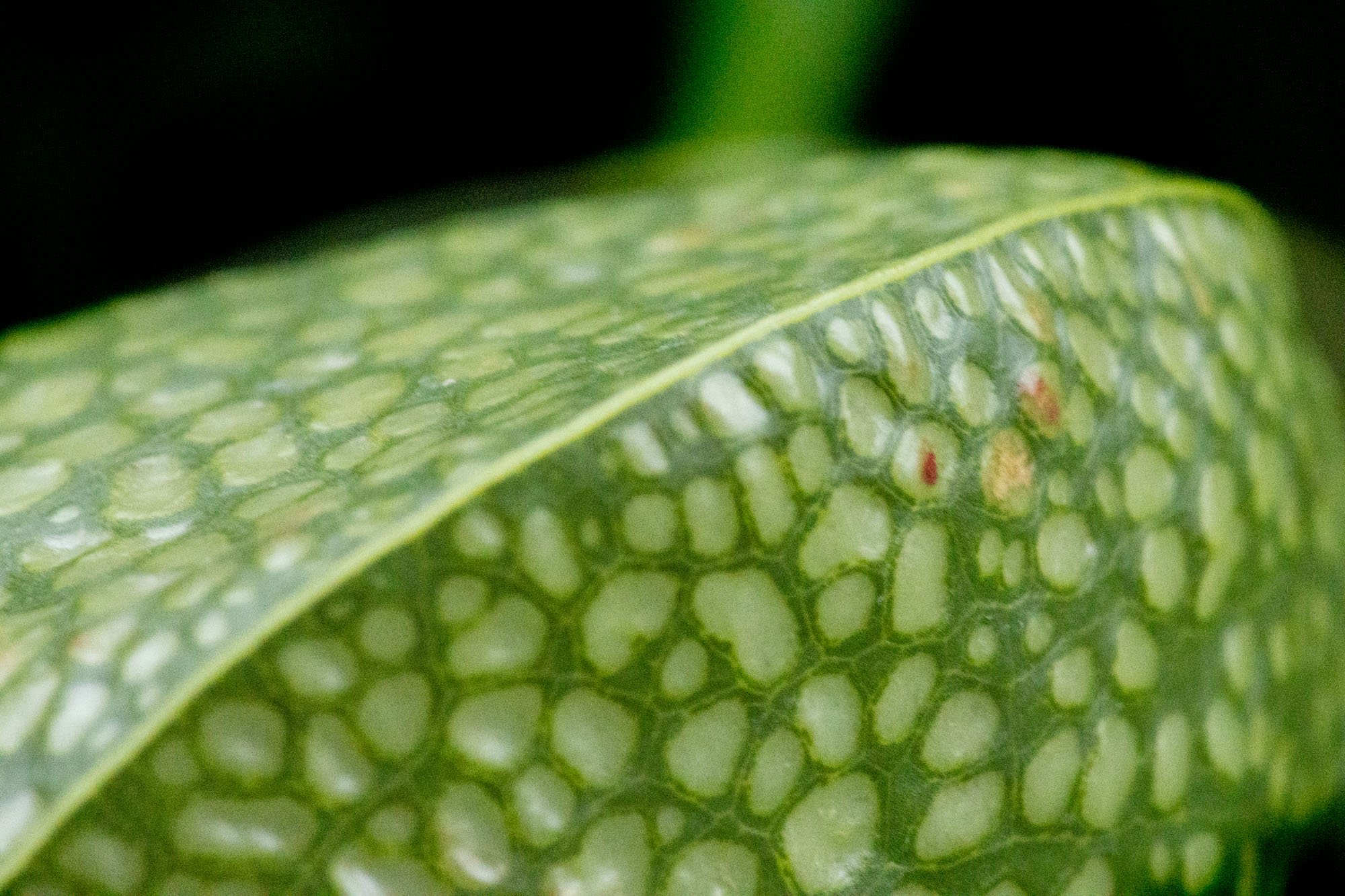
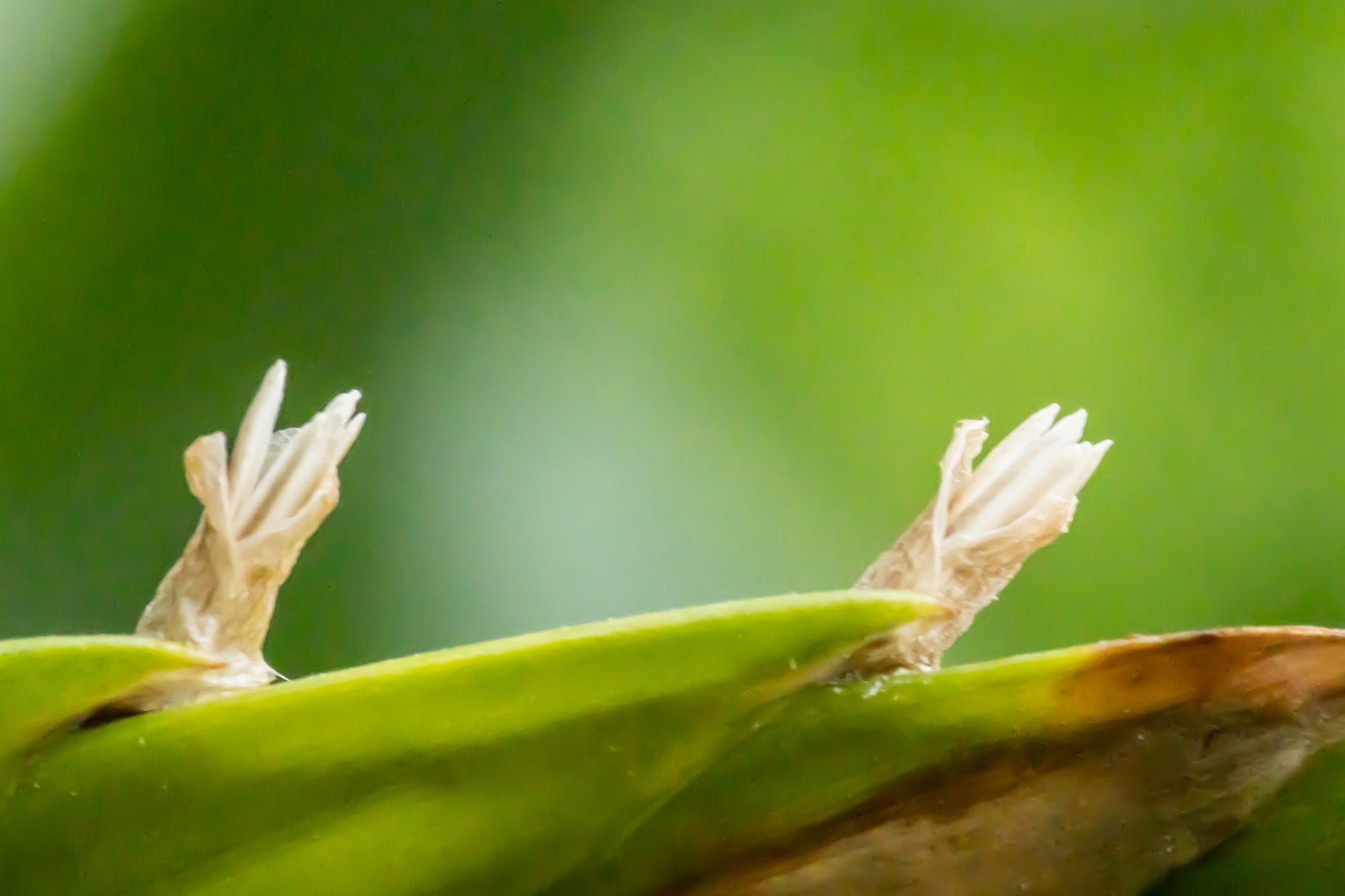
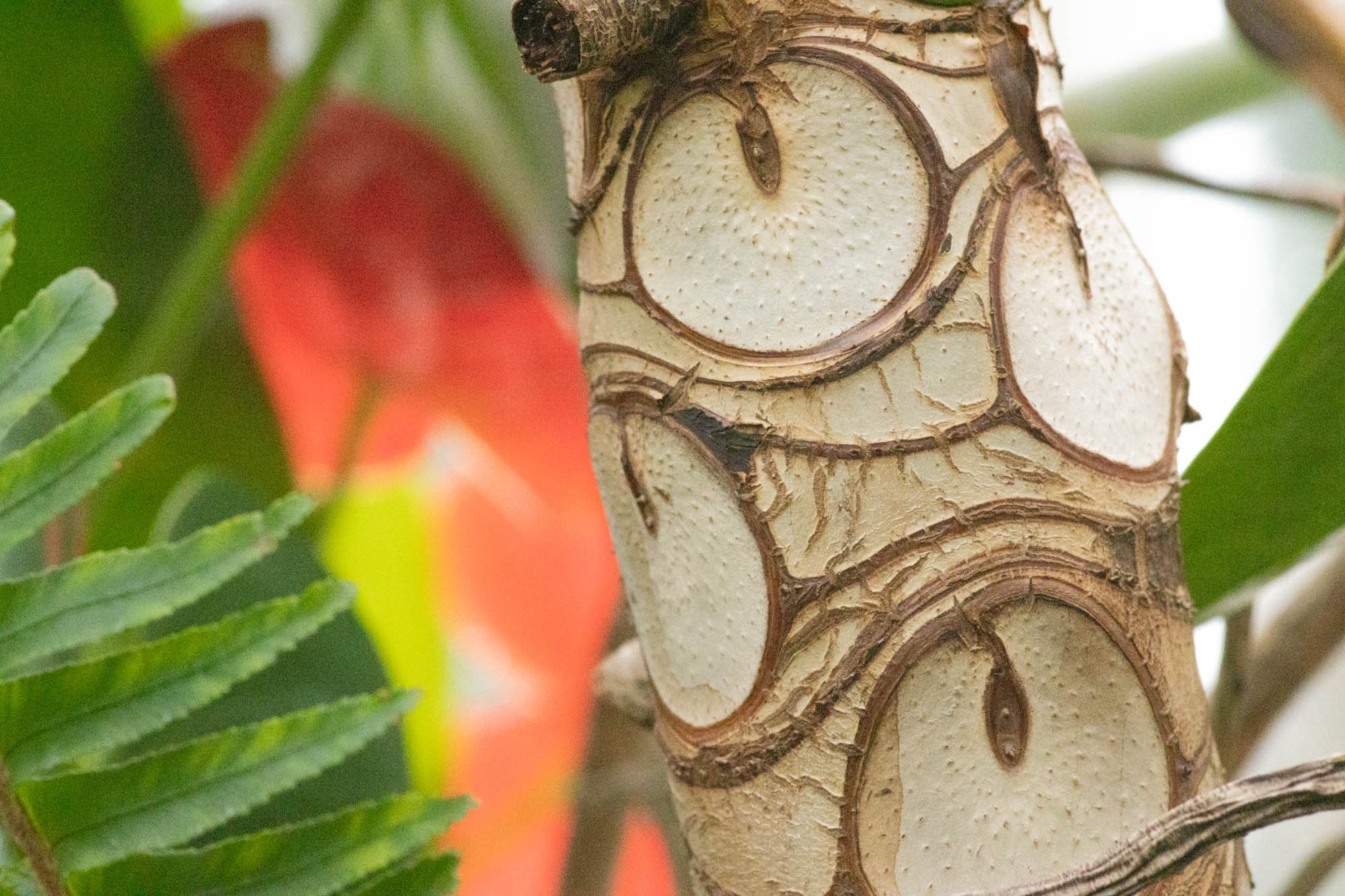

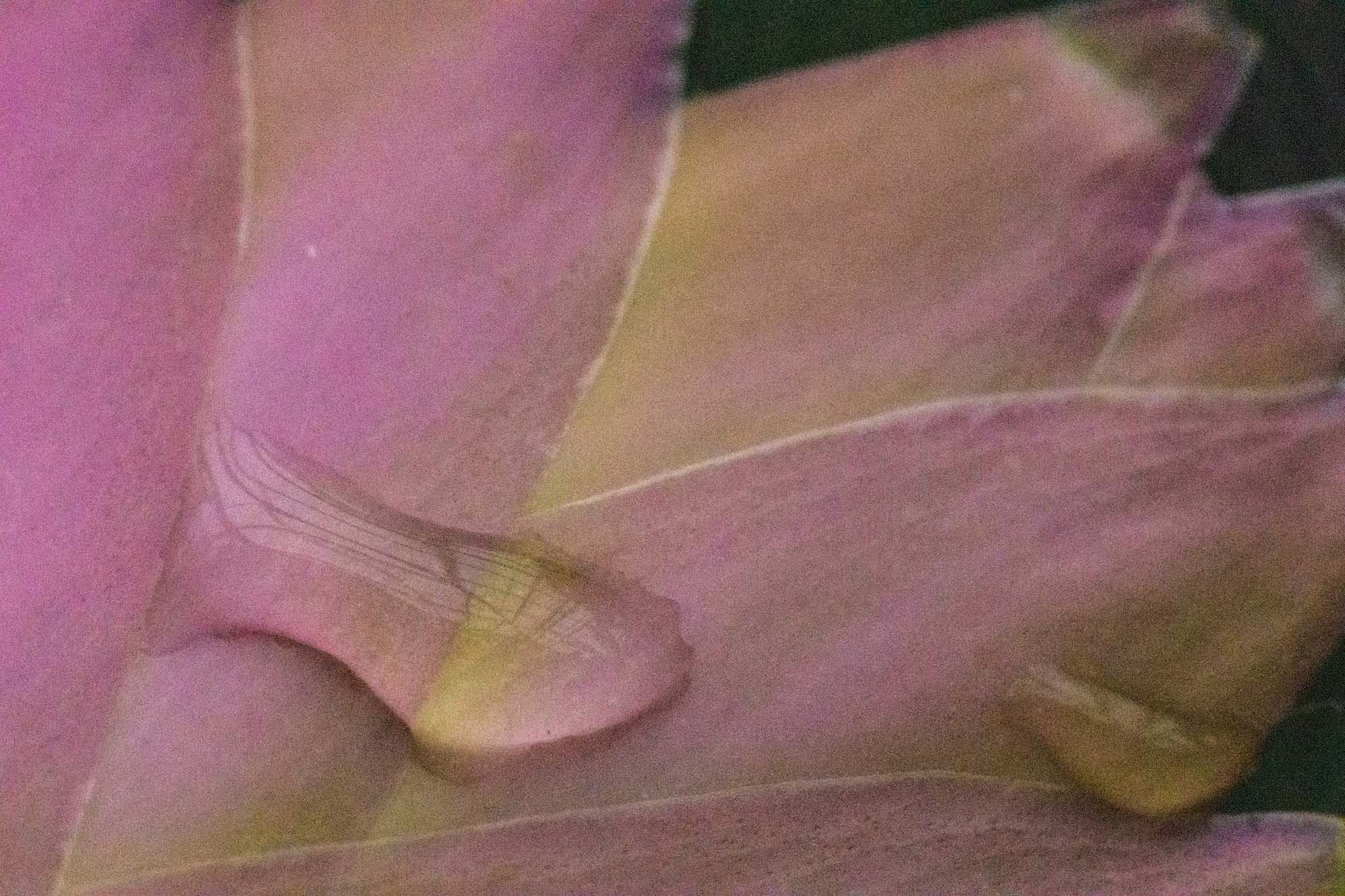

What better place to go than the Volunteer Park Conservatory. In its more than century old greenhouse plants of all sorts grow year-round. After days of snow and freezing temperatures it was warm and dry inside, and it felt wonderful.





